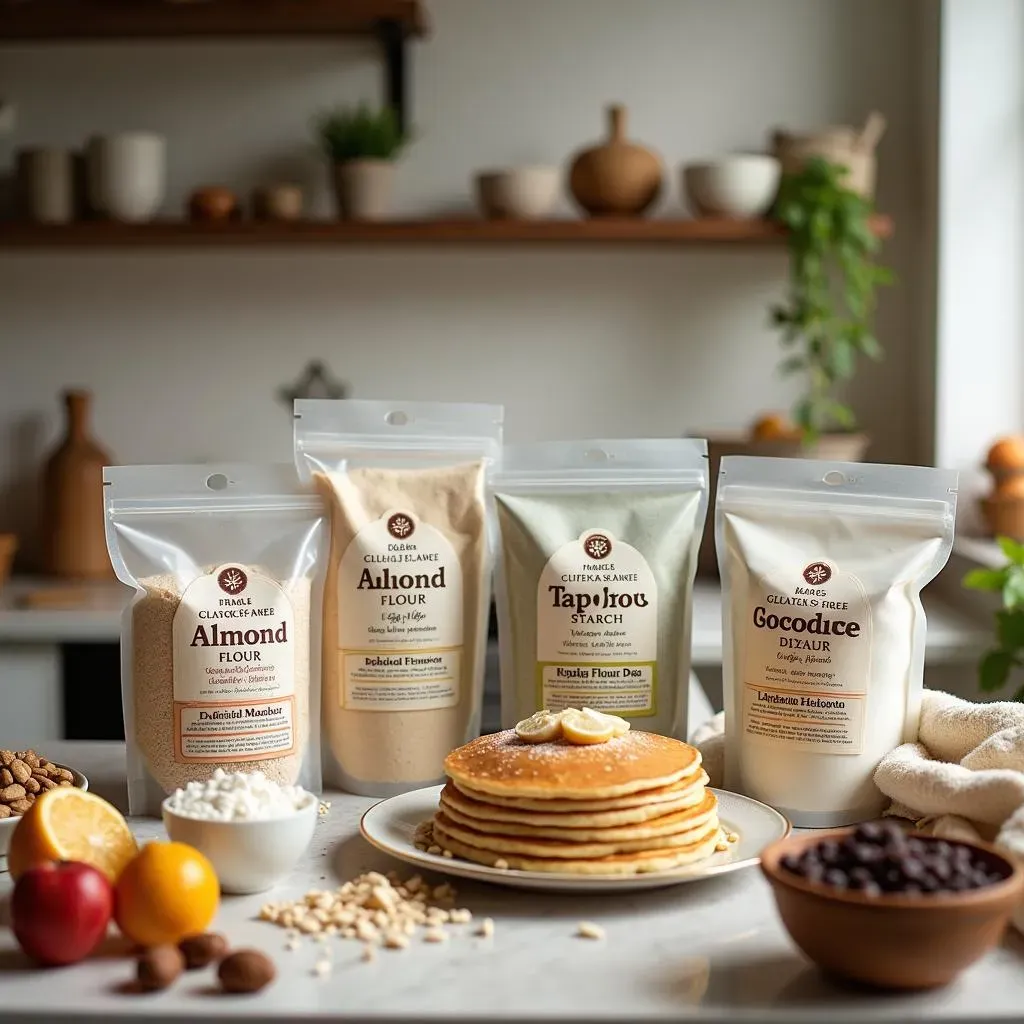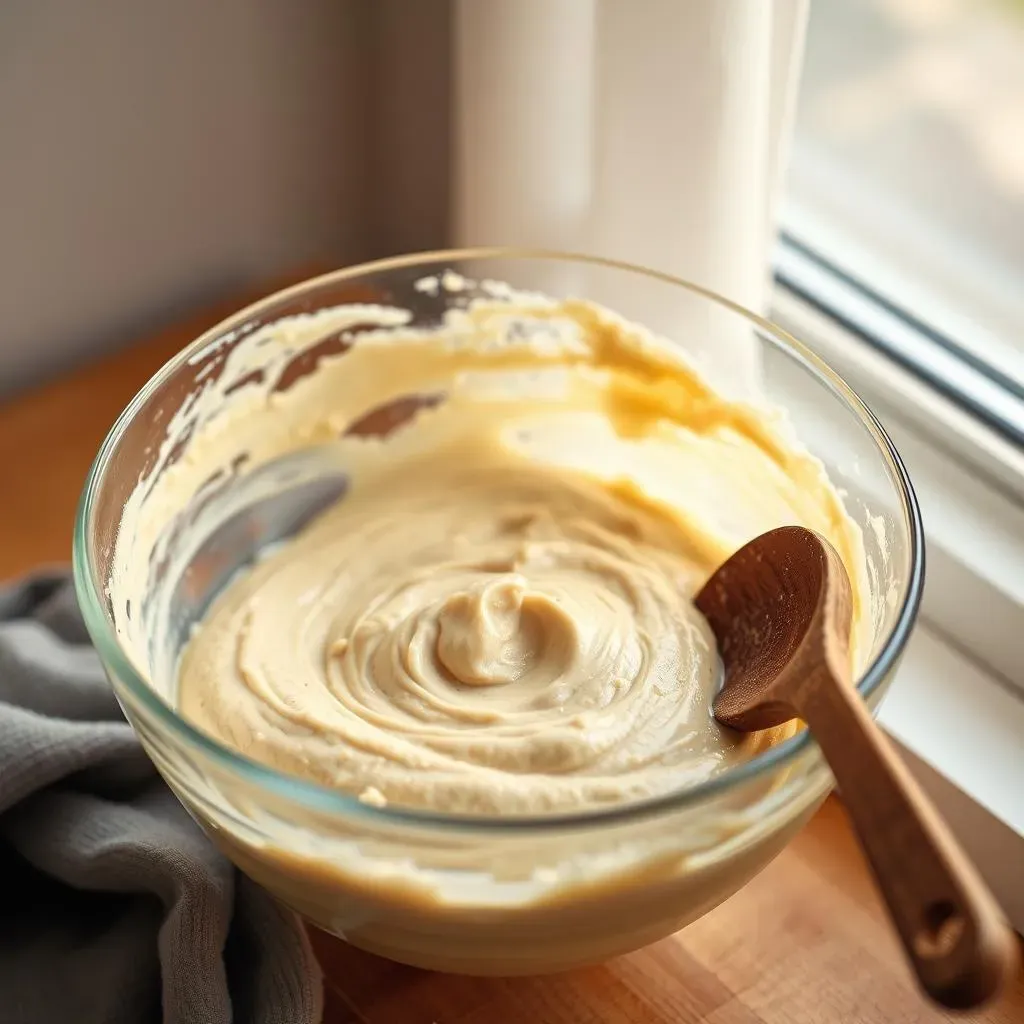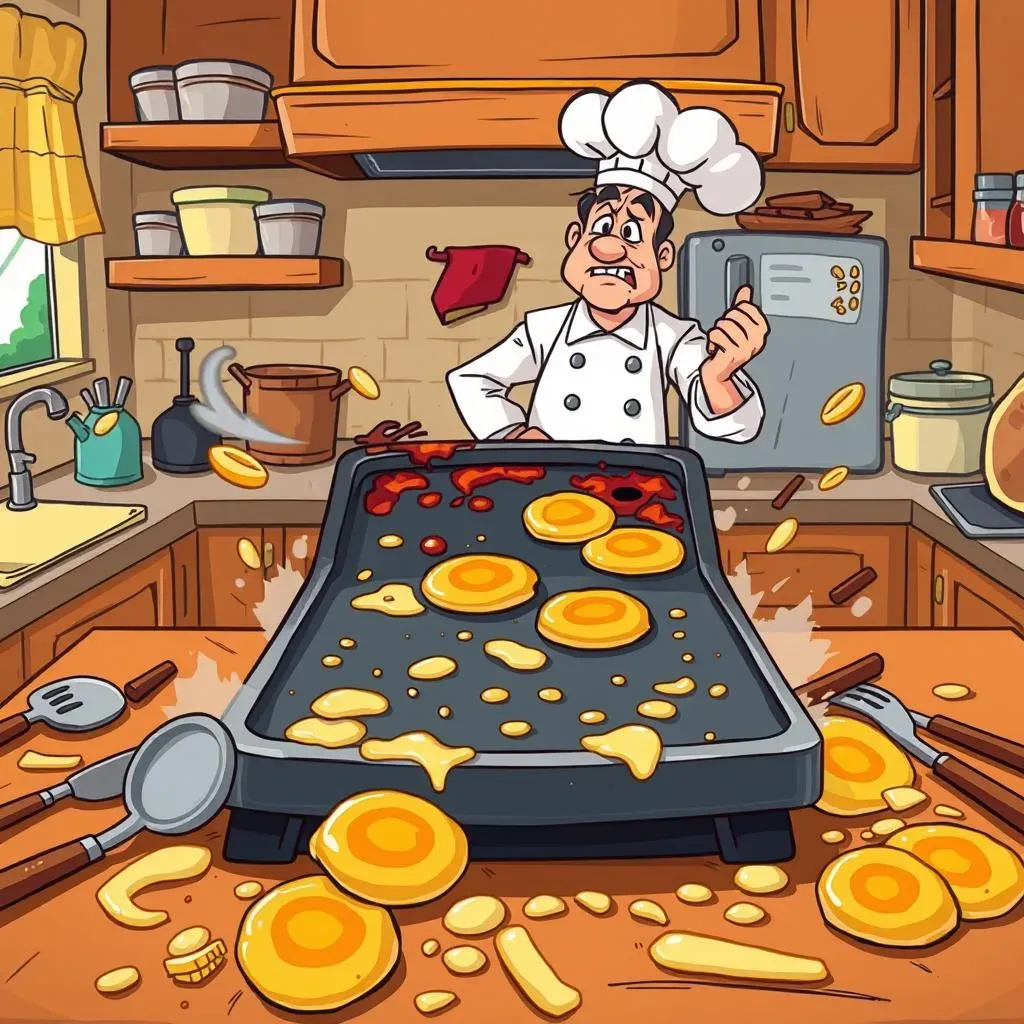Table of Contents
Let's be honest, gluten-free baking can be tricky. You're craving those fluffy, delicious pancakes, but too often, you end up with dense, gummy discs that resemble hockey pucks more than breakfast treats. Sound familiar? This article is your rescue mission! We're diving headfirst into the world of common gluten-free pancake mistakes, armed with expert tips and tricks to transform your pancake game. Forget the frustration; we'll tackle ingredient issues, mixing mishaps, and cooking catastrophes, leaving you with the knowledge to conquer even the most challenging gluten-free pancake recipe. Prepare to discover the secrets to achieving light, airy pancakes that rival—or even surpass—their gluten-filled counterparts. Get ready to say goodbye to gummy disappointments and hello to pancake perfection! We'll cover everything from choosing the right gluten-free flour blend and mastering the art of mixing to conquering the griddle and achieving that perfect golden-brown hue. By the end, you'll be a gluten-free pancake pro, ready to flip your way to breakfast bliss. So, let's get started and uncover the solutions to those pesky common gluten-free pancake mistakes!
Ingredient Issues: Flour Power and Beyond

Ingredient Issues: Flour Power and Beyond
Choosing Your Gluten-Free Flour Blend
The foundation of any great gluten-free pancake is, of course, the flour. Don't just grab the first gluten-free blend you see! Different blends behave differently. Some blends, like those with almond flour, almond flour pancakes, can create a denser pancake, while others, like those with a higher percentage of tapioca starch, might result in a more delicate texture. Experiment to find your perfect match. Many blends contain xanthan gum, a binding agent that helps mimic the texture of gluten. However, if you want to avoid it, check out our recipe for gluten-free pancakes without xanthan gum!
Consider the flavor profile you're aiming for too. A blend with oat flour might offer a slightly nutty taste. For a lighter flavor, you might prefer a blend with a higher proportion of rice flour. Want to add a little extra something? A blend with coconut flour coconut flour pancakes can add a unique tropical twist. Don't be afraid to get creative! The possibilities are endless!
Flour Type | Texture | Flavor Profile |
|---|---|---|
Almond Flour | Denser | Nutty |
Tapioca Starch | Delicate | Mild |
Oat Flour | Slightly Dense | Nutty |
Beyond Flour: The Importance of Leavening Agents
Leavening agents are your secret weapons for fluffy pancakes. Baking powder is common, but baking soda can also be used (often in combination with an acidic ingredient like buttermilk). The wrong leavening agent, or the wrong amount, can lead to flat, dense pancakes. If your pancakes are consistently flat, double-check your recipe and make sure you're using the correct amount of leavening agent. You might even want to try a different recipe entirely. We have a great gluten-free pancake recipe without baking powder if you’re interested in exploring other options!
Buttermilk is another key player. Its acidity reacts with baking soda, creating air bubbles that give your pancakes that much-needed lift. If you don't have buttermilk, you can easily make a substitute. There are many recipes available online, or you can consult our guide on gluten-free pancakes with buttermilk substitute. Remember, even small changes to your ingredients can greatly affect your final product.
- Baking Powder
- Baking Soda
- Buttermilk (or substitute)
Fresh is Best: Ingredient Quality Matters
Just like any other baking project, using fresh, high-quality ingredients is crucial for success. Stale flour can lead to dry, crumbly pancakes. Rancid butter will impart an unpleasant flavor. Make sure your ingredients are fresh and of good quality. This may seem obvious, but it's often overlooked. A simple tweak like this can make a huge difference. Using a top-rated gluten-free pancake mix top-rated gluten-free pancake mix can also help you achieve this!
Finally, don't underestimate the power of fresh additions! Fresh fruit, a sprinkle of cinnamon, or a dollop of your favorite jam can elevate your pancakes to the next level. Consider using seasonal produce for peak flavor. Experiment with different toppings – you might discover your new favorite pancake combination! Check out our suggestions for gluten-free pancake toppings to get started.
Mixing Mayhem: The Batter's Tale

Mixing Mayhem: The Batter's Tale
The Right Way to Mix: Gentle Does It
Think of your gluten-free pancake batter as a delicate ecosystem. Overmixing is like a natural disaster – it destroys the air pockets that create those light and fluffy pancakes we all crave. Instead of vigorously whisking, gently fold the wet and dry ingredients together until just combined. A few lumps are perfectly acceptable; in fact, they’re desirable! Those lumps are tiny pockets of air, waiting to puff up into glorious pancake perfection. Overmixing develops gluten (in traditional flour), which makes pancakes tough. Gluten-free flours still benefit from gentle handling to maintain their airy texture. If you're using a best gluten-free pancake mix, follow the package instructions carefully, as the mixing method can vary.
Imagine you're making a souffle – you wouldn't want to beat the egg whites until they're flat, would you? The same principle applies here. Gentle folding incorporates air without destroying those precious bubbles. Want a super fluffy pancake? Try letting your batter rest for a few minutes before cooking. This allows the gluten-free flour to fully hydrate and the leavening agents to do their magic. Many recipes suggest resting the batter, and for good reason. There are loads of recipes online that will guide you perfectly. You could also check out our recipe for easy gluten-free pancakes.
- Gently fold ingredients
- A few lumps are okay!
- Let the batter rest
The Resting Game: Patience is a Virtue
Once you've gently mixed your batter, resist the urge to immediately start cooking. Give your batter a little time to rest. This allows the gluten-free flour to absorb the liquid, resulting in a smoother, more cohesive batter. It also helps the leavening agents work their magic, resulting in fluffier pancakes. Think of it as a short meditation for your batter – a few minutes of quiet contemplation before it takes center stage on the griddle. Five to ten minutes is usually sufficient, but some recipes may suggest longer resting times. Always follow the specific instructions in your chosen recipe.
During this resting period, the starches in the gluten-free flour will absorb the liquid, creating a more stable structure. This prevents your pancakes from falling apart when you flip them. It also allows the gluten-free flour to fully hydrate. Hydrated flour helps bind the ingredients together, leading to a more tender and less crumbly pancake. If you're having trouble with gummy pancakes, check out our article on why are my gluten-free pancakes gummy? to find out what you might be doing wrong.
Resting Time | Benefit |
|---|---|
5-10 minutes | Smoother batter, fluffier pancakes |
Longer (recipe dependent) | Even better texture, less crumbly |
Cooking Catastrophes: From Pan to Plate

Cooking Catastrophes: From Pan to Plate
Griddle Gripes: Temperature Troubles
Ah, the griddle – the scene of many a pancake triumph… and disaster. Getting the temperature right is crucial. Too low, and you'll end up with pale, soggy pancakes that stick stubbornly to the pan. Too high, and you'll have burnt offerings before you even get a chance to flip them. Aim for medium heat; you should be able to comfortably hold your hand a couple of inches above the surface for a few seconds. If you're using a non-stick pan, you might be able to get away with slightly lower heat.
Experiment to find the sweet spot for your griddle and your specific recipe. Remember, gluten-free pancakes can be a bit more delicate than their gluten-filled counterparts, so gentle heat is often your best friend. For extra tips and tricks, check out our guide on making perfect gluten-free pancakes. It's packed with advice on getting that perfect golden brown color.
- Start with medium heat
- Adjust as needed
- Patience is key!
Flipping Frenzy: The Art of the Flip
Flipping pancakes is an art form. Flip too soon, and your pancakes will fall apart. Wait too long, and they'll burn. The ideal time to flip is when bubbles start to form on the surface and the edges look set. Use a thin spatula to gently lift the edge of the pancake; if it slides easily, it's ready to flip. If it sticks, give it another minute. Don't be afraid to use a little oil or butter to prevent sticking.
For really delicate gluten-free pancakes, consider using two spatulas to flip them, ensuring you get a smooth, clean flip without breaking them apart. It takes practice, but with a little patience, you'll become a pancake-flipping pro. If you're looking for inspiration for different types of pancakes, check out our comparison of gluten-free vs. regular pancakes. You might find some new ideas to try.
Sign | Action |
|---|---|
Bubbles forming | Almost ready to flip |
Edges look set | Ready to flip |
Sticking | Give it more time |